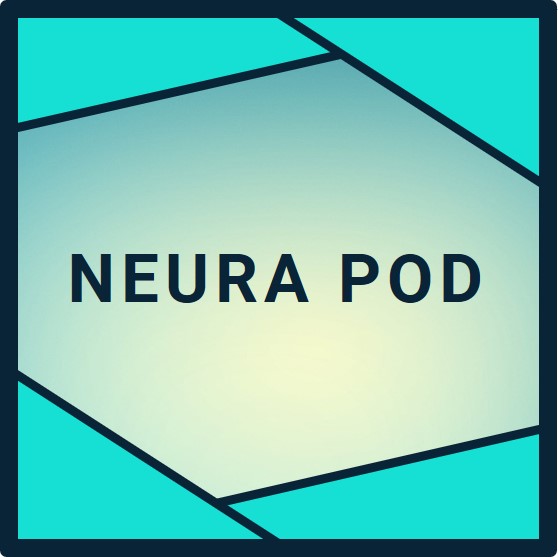- Neuralink restricts Patient Registry data access to authorized company personnel for eligibility screening, allowing users full control to withdraw or delete submissions at any time.
- During implantation and post-op training, surgeons at trial sites and Neuralink remote engineers view live neural signals for safety and calibration, while patients monitor their own performance metrics through the N1 User App.
- In research and analysis, only Neuralink researchers and regulators like the FDA access de-identified data, protecting patient privacy across the six-year PRIME Study commitment.
Patient Registry and Screening: Initial Data Submission
The journey begins with Neuralink's global Patient Registry at neuralink.com/trials, where over 10,000 individuals have submitted profiles since April 2025. Users voluntarily provide contact details, demographics, medical history, and health information via a 45-to-60-minute questionnaire. Only authorized Neuralink personnel, trained in data protection, access this identifiable data to assess eligibility for PRIME Study variants in the US, Canada, UK, and UAE.
Screening involves Neuralink coordinators reviewing submissions alongside trial site clinicians at locations like Barrow Neurological Institute or University College London Hospitals. Patients receive invitations for deeper medical record reviews, but no data sharing occurs without explicit consent. Elon Musk's team emphasizes user control: participants can withdraw consent anytime via email, triggering deletion within one month. Data may transfer to US-based processors like AWS under strict safeguards, but remains confined to eligibility purposes. This stage ensures privacy from the start, building trust for those with quadriplegia due to spinal cord injury or ALS.
Implantation Surgery: Real-Time Monitoring
Once selected, patients sign informed consent forms outlining data access for the robot-assisted procedure using the R1 surgical robot. During surgery at sites like Cleveland Clinic Abu Dhabi, neurosurgeons and operating room staff view intra-operative neural signals to confirm 1,024 electrodes on 64 threads deploy correctly into the motor cortex.
Neuralink provides on-site support, with remote engineers accessing live feeds for robot oversight. This limited group ensures micron-precision insertion through a small craniotomy. Post-surgery, as patients wake, the N1 implant transmits encrypted signals. No external parties view raw data; HIPAA-compliant protocols protect it. Patients like UK participant Paul gained cursor control hours later, with initial metrics visible only to them via the N1 User App. Elon Musk's foresight in wireless design minimizes exposure, activating full functionality same-day discharge in many cases.
Post-Implantation Training: Collaborative Calibration
Activation marks intensive training, where Neuralink's remote BCI engineers and site coordinators access anonymized live streams to refine AI decoding models, enabling thought-based cursor control within minutes. Patients and caregivers see real-time performance dashboards in the app, tracking bits per second and typing speeds up to 100 words per minute.
Daily one-hour sessions, averaging four to eight hours personal use, involve collaborative tweaks. For CONVOY extensions, engineers monitor robotic arm integration. Data stays end-to-end encrypted, processed on-device where possible. Patients retain veto power over sharing beyond essentials. Across 14 implants, this setup logs 15,000 hours without breaches, as 21-month user Noland Arbaugh confirms seamless independence. Elon Musk prioritizes rapid iteration, pushing over-the-air updates for optimal user experience.
Long-Term Research and Follow-Up: De-Identified Analysis
The six-year PRIME commitment includes 20 clinic visits and remote sessions. Neuralink researchers analyze de-identified neural datasets to evaluate safety and efficacy, submitting aggregated findings like the October 2025 New England Journal of Medicine paper on three patients. Identifiable info strips away, preventing re-identification.
FDA inspectors access blinded records during audits, ensuring compliance. Site principal investigators review for adverse events, reporting to Neuralink. Patients access their metrics anytime but not raw signals, aligning with trial norms. Anonymized data fuels expansions like Blindsight vision trials. Elon Musk's transparent approach, sharing progress on X, validates zero serious events, positioning Neuralink for speech restorations in 2026.
Patient Rights, Security, and Global Compliance
Neuralink embeds robust protections: quantum-resistant encryption, on-device processing, and anomaly detection secure brain data. Patients hold rights to access, correct, or erase info under GDPR, HIPAA, and UK equivalents, contacting dpo@neuralink.com. No sales to third parties; sharing limited to contractors with contracts.
International trials adapt: UK forms detail Bird & Bird representation. States like Colorado advance neural data laws, but Neuralink leads compliance. Elon Musk integrates Tesla-grade cybersecurity, making privacy a core strength. Registry members gain priority, with caregivers aiding compliance.
TL;DR
Neuralink safeguards brain data meticulously: registry screeners view submissions, surgeons and engineers handle implants/training, researchers analyze de-identified sets for FDA-reviewed advances. Patients control apps and consents, enjoying 15,000 breach-free hours across 14 users. Elon Musk's secure framework enables transformative autonomy today, scaling to 27 implants by year-end and consumer access by 2030. Join neuralink.com/trials to secure your data-driven future in brain-computer interfaces.

